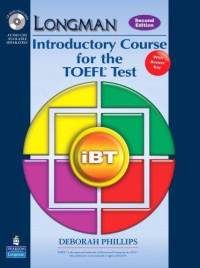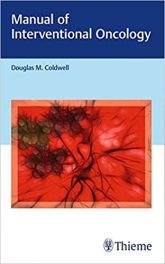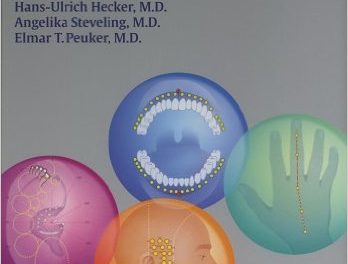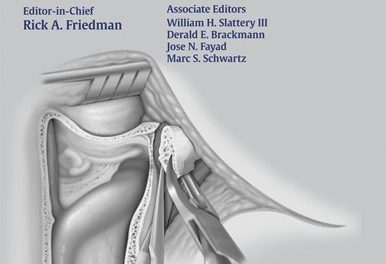Language (TOEFL): iBT – Second Edition
Author: Deborah Phillips
Publisher: Pearson Longman – 671 pages
Book Review by: Paiso Jamakar
This is a large tome of 671 pages in paperback that is a comprehensive review of material found on the Test of English as a Foreign Language, known in short s TOEFL. This test has been around for decades and it is (or at least, was) required to be taken by foreign students whose mother tongue is not English, in order to be admitted into any college or graduate school in the United States.
The book comes with a CD-ROM attached on the inside back cover of the book. Additionally, a separate packet of 9 audio compact disks or CDs is available, which provides listening material to learn this course thoroughly. Listening and speaking are essential to learning and understanding the English language. So, it is a must to acquire the packet of audio CDs.
Book study is required to learn to read and write. With frequent sessions of quiet study alone or with a tutor, you get to know the rules of usage, and familiarize yourself with correct spelling of various words, especially commonly-used ones. But speaking ability cannot be gained simply with reading, writing, note-taking and passing the TOEFL exam.
Listening and practice-speaking are essential to learning conversational English.
Accordingly, the author Deborah Phillips has developed a course that fills all four needs: reading, listening, speaking and writing. Each one of these requirements is addressed in a separate section of this book. Each section has subsections; each subsection presents skills to be learned; and under each skill, exercises are provided to help the student acquire those skills necessary to be proficient in English.
Section One, on Reading, begins with a diagnostic pre-test on reading skills. As a matter of fact all four sections have diagnostic pre-tests and pot-tests to determine what and how much has been learned. This section contains Vocabulary and Reference, Sentences, Inferences, Reading to Learn and Reading Post-Test as subsections
Section One aims to teach the student 10 separate skills related to reading, namely to: understand vocabulary from context; recognize referents; simplify meanings of sentences; insert sentences into the passage; find factual information; understand negative facts; make inferences from stated facts; infer rhetorical purpose; select summary information; and complete schematic tables.
Section Two on Listening also starts with a diagnostic pre-test on listening skills, has three subsections followed by a post-test on listening, and aims to impart six different skills to the test-taker. The three subsections are: basic comprehension; pragmatic understanding; and connecting information.
The skills presented in Section Two are: understand the gist; understand the details; understand the function; understand the speaker’s stance; understand the organization; and understand relationships.
Section Three on Speaking covers 18 different speaking skills for the reader to acquire and develop. These skills are organized in three subsections: independent tasks; integrated tasks (reading and listening); and integrated tasks (listening).
Section Three presents to you 18 speaking skills aimed to make you:
Under “Independent tasks”: plan the free-choice response; make the free-choice response; plan the paired-choice response; and make the paired-choice response.
Under “Integrated tasks – reading and listening”: note the main points as you read; note the main points as you listen; plan before you speak; make the response; note the main points as you read; note the main points as you listen; plan before you speak; and make the response.
Under “Integrated tasks – listening”: note the main points as you listen; plan before you speak; make the response; note the main points as you listen; plan before you speak; and make the response.
Section Four is on Writing. This has two subsections: Integrated Tasks and Independent Tasks.
The skills to be taught among the “integrated tasks” are: note the main points as you read; note the main points as you listen: plan before you write; write a topic statement; write supporting paragraphs on reading passages; write supporting paragraphs on listening passages; review sentence structure; and review grammar.
Among “independent tasks” the skills the student is supposed to master are to: plan before you write; write the introduction; write unified supporting paragraphs; connect the supporting paragraphs; write the conclusion; review sentence structure; and review grammar.
At the end of each of the four sections are presented eight mini-tests and two sets of complete tests on reading, listening, speaking and writing.
And at the end of the book are three appendixes, namely on: cohesion, sentence structure, and error correction (grammar). These are followed by a section on diagnosis, assessment and scoring. There is a “recording script” after this. The answers to all the questions and exercises in the book are provided in the 24-page Answer Key section at the end of the book.
A lot of hard work by the author Deborah Phillips has gone into gathering the various materials, organizing them and writing this large, comprehensive study guide and test- preparation and practice workbook. Our kudos to her. She has also written another series of prep books on the TOEIC or Test of English for International Communication.







